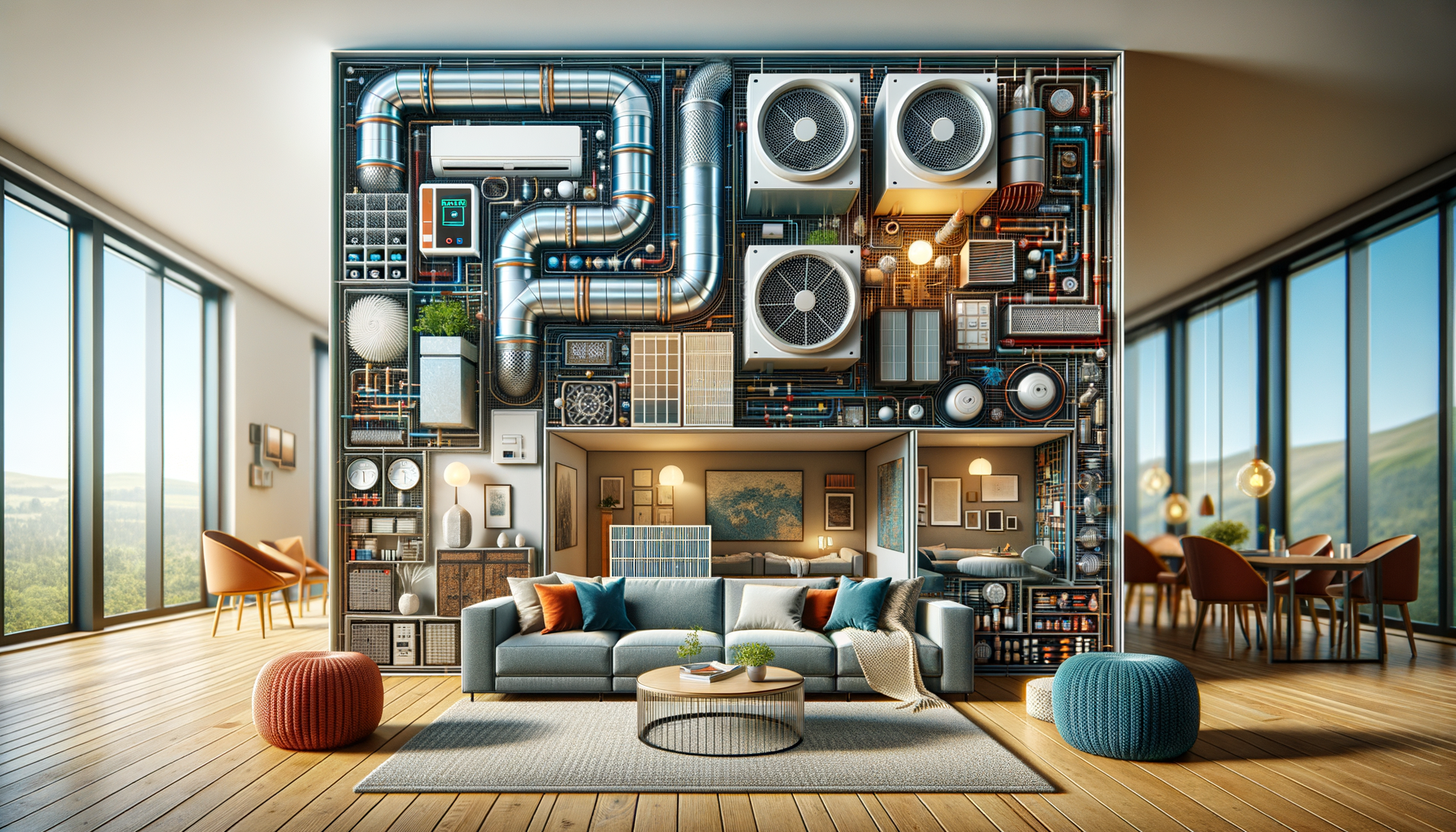How HVAC Details May Quietly Influence Daily Comfort
Some HVAC setups might affect how indoor spaces feel — especially when airflow isn’t well-balanced. Even subtle design choices could quietly influence energy levels, focus, or comfort. What hidden HVAC details are homeowners starting to notice?

The Role of HVAC in Indoor Comfort
Heating, Ventilation, and Air Conditioning (HVAC) systems are crucial in maintaining the comfort of indoor environments. They regulate temperature, humidity, and air quality, which are essential for creating a pleasant living or working space. However, what many people might not realize is how subtle aspects of HVAC design and installation can significantly impact daily comfort.
One of the key factors is the balance of airflow. If an HVAC system is not properly balanced, it can lead to uneven temperature distribution, resulting in some areas being too hot or too cold. This imbalance can affect energy levels and focus, as discomfort in one’s environment often leads to decreased productivity and increased fatigue.
Moreover, the placement of vents and the type of filters used in an HVAC system can also influence indoor comfort. Poorly placed vents might cause drafts, while inadequate filtration can lead to poor air quality, affecting health and well-being. These details, though subtle, can quietly influence how comfortable and healthy a space feels.
Homeowners are increasingly noticing these hidden details, leading to a demand for more personalized HVAC solutions that cater to specific comfort needs. By understanding the nuances of HVAC systems, individuals can make more informed decisions about their home environment.
Energy Efficiency and HVAC Systems
Energy efficiency is a critical consideration when it comes to HVAC systems. Not only does it impact utility bills, but it also plays a role in environmental sustainability. Modern HVAC systems are designed to be more energy-efficient, but the effectiveness of these systems often depends on installation and maintenance practices.
Proper insulation and sealing of ducts are crucial for maximizing the efficiency of an HVAC system. Leaky ducts can result in significant energy loss, as conditioned air escapes before reaching its intended destination. This not only leads to higher energy consumption but also reduces the system’s ability to maintain a consistent indoor climate.
Regular maintenance, including cleaning and replacing filters, is essential for ensuring that an HVAC system operates at peak efficiency. Clogged filters can restrict airflow, forcing the system to work harder and consume more energy. By keeping the system well-maintained, homeowners can improve efficiency and reduce their carbon footprint.
Investing in programmable thermostats and smart HVAC systems can further enhance energy efficiency. These technologies allow for more precise control over temperature settings, enabling users to optimize energy usage based on their daily routines. While these upgrades require an initial investment, the long-term savings and environmental benefits often justify the cost.
Innovations in HVAC Technology
The HVAC industry is continuously evolving, with new technologies emerging to enhance comfort and efficiency. One such innovation is the development of variable refrigerant flow (VRF) systems, which offer more precise temperature control and energy savings compared to traditional systems. VRF systems adjust the flow of refrigerant to different zones within a building, providing customized comfort and reducing energy consumption.
Another significant advancement is the integration of smart technology into HVAC systems. Smart thermostats and sensors allow users to monitor and control their HVAC systems remotely, offering convenience and the ability to adjust settings based on real-time data. These technologies not only enhance user experience but also contribute to energy savings by optimizing system performance.
Furthermore, the use of renewable energy sources in HVAC systems is gaining traction. Solar-powered HVAC systems, for example, harness the sun’s energy to heat and cool spaces, reducing reliance on traditional energy sources. This approach not only lowers energy costs but also aligns with the growing demand for sustainable and eco-friendly solutions.
As these innovations continue to develop, they promise to transform the way we experience indoor comfort. By staying informed about the latest trends and technologies in HVAC, homeowners can make smarter choices that enhance comfort, efficiency, and sustainability in their living spaces.